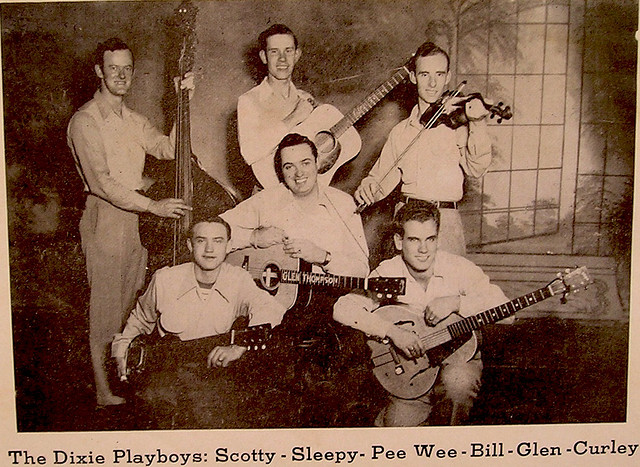Flannery O’Conner responds to an accusation from a reader that her stories were not meeting the needs of the “tired reader” who comes home and wants to be uplifted:
And his need, of course, is to be lifted up. There is something in us, as storytellers and as listeners to stories, that demands the redemptive act, that demands what falls at least be offered the chance to be restored. The reader of today looks for this motion, and rightly so, but what he has forgotten is the cost of it. His sense of evil is diluted or lacking altogether, and so he has forgotten the price of restoration. When he reads a novel, he wants either his senses tormented or his spirits raised. He wants to be transported, instantly, either to mock damnation or a mock innocence (“The Grotesque in Southern Fiction,” Mystery and Manners, 48-49).
This brings up an important point for the storyteller–to truly write that which expresses redemption or at least offers it, one must understand something of the darkness of the world we live in. I think there is a faulty assumption among evangelicals that “uplifting” art is a necessary adjective for the art which a Christian produces. Taking cues from O’Connor this would seem to inadequately appreciate the horror that was the cross. Christ’s humble self-sacrifice at the hands of lawless men was the darkest hour the world has ever known. Our redemption cost Jesus his life and more importantly his standing with the father–we will never truly appreciate the victory gained for us on the cross unless we truly understand its horror. Thus art that only and always lifts up offers a “mock innocence” as redemption which isn’t costly is no redemption at all and thus fails to adequately understand the value of redemption.
O’Connor illustrates the tension that inevitably follows from such a conviction:
The problem for such a novelist will be to know how far he can distort without destroying, and in order not to destroy, he will have to descend far enough into himself to reach those underground springs that give life to his work. This descent into himself will, at the same time, be a descent into his region. It will be a descent through the darkness of the familiar into a world where, like the blind man cured in the gospels, he sees men as if they were trees, but walking. This is the beginning of vision, and I feel it is a vision which we in the South must at least try to understand if we want to participate in the continuance of a vital Southern literature. . . . I hate to think of the day when the Southern writer will satisfy the reader” (50).
This is not to say anything against art that is predominately uplifting, but I do think that if we are interested in a “vital” art, we must take O’Connor’s encouragement to know our world and be gravely aware of its darkness. We need to at least be asking the question, “how far may we distort without destroying,” lest we submit a redemption that costs nothing.











